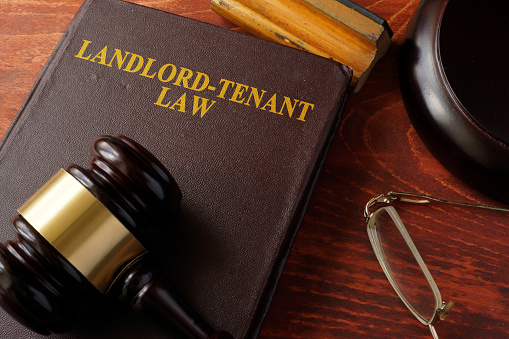
If you have a tenant that’s moving out – or in – halfway through the month, chances are they won’t want to pay for a full month’s rent. Nor would it be fair to expect that of them. Instead, it’s best to keep your rent due dates consistent and be considerate to the tenant by prorating the rent. Prorating can also help you get new tenants into the property faster and ensure you don’t lose any profits from rent.
What is Prorated Rent?
Prorated rent divides the monthly rent cost into the cost-per-day. The landlord can then apply the cost per day to the number of days the tenant will be occupying the property. The tenant will pay for only the number of days they will be living there.
Why Would You Prorate Rent?
All landlords want to find good tenants, and good tenants will appreciate a landlord who is considerate to their needs and finances. Being flexible and honest with a tenant by prorating their rent shows that you’re a fair landlord. Another reason is that it will keep your rent due dates the same. If your rent is always due on the first of the month, prorating it until the first will make it easier to keep track of. Prorating the rent also ensures you receive rent for every day a tenant occupies the property.
How to Prorate Rent
Here are two common ways to calculate the prorate rent rate:
- Daily Rate by Month
Divide the monthly rent amount by the number of days in the month in question. This calculation will give you the daily rental rate.
Multiply the daily rate by the number of days the tenant will be living at the property. This will be the prorated rent amount. - Daily Rate by Year
You may prefer to calculate the daily rate by dividing out the year, as opposed to the month. This method is generally used when dealing with a year-long lease.
Multiply the monthly rent amount by 12 (for the number of months in the year).
Divide that number by the number of days in the year (365) to find the daily rate.
Multiply the daily rate by the number of days that the tenant will occupy the property.
How to Collect Prorated Rent
If you’re dealing with a year-long lease, it can be confusing to know when to collect the prorated rent. While it may vary depending on the circumstances, this is the typical process:
- The tenant signs the lease when they move in. They’ll put down a security deposit and pay the first month’s rent.
- If the tenant moves in on August 20th, and the rental date is on September 1st, the tenant would pay the prorated amount for the 12 days they were living on the property during August.
- On October 1st, the tenant would pay the full month’s rent.
The tenant won’t pay for the prorated rent until the first due date because they already paid for the full first month’s rent when they signed the lease. You can handle these payments differently as long as the tenant agrees to the terms, and the arrangement doesn’t violate your local housing laws.
Prorating your rent is an excellent way to start the tenant/landlord relationship. It ensures that you’re receiving fair pay for the days the tenant occupies your property and that the tenant is fairly treated.
Landlords Property Managers Contact TSCI